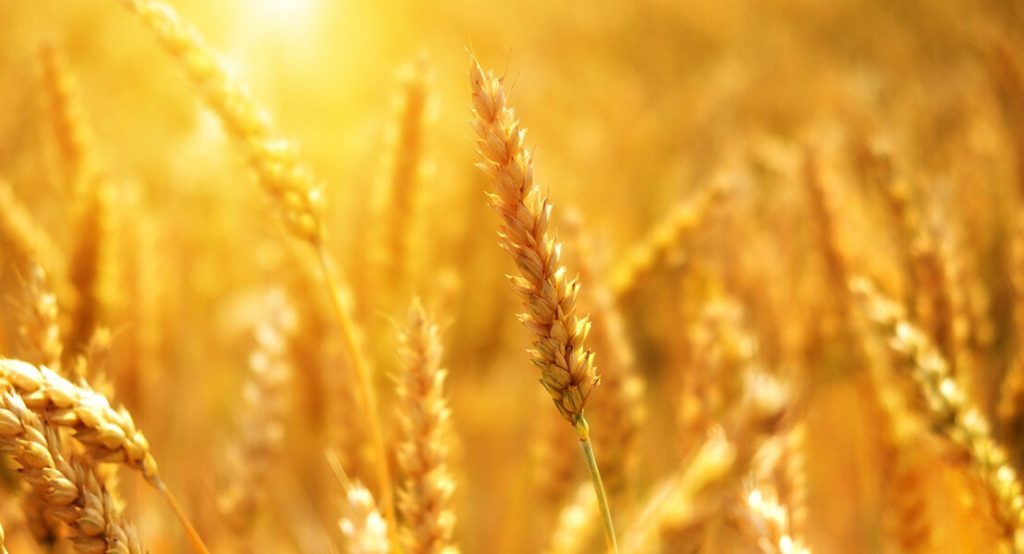
Wheat – its path from field to brewery
What could be better on a mild summer evening than to drink a delicious wheat beer made with the double maturity method, or “Bayerische Edelreifung”? Almost nothing, right? But to make sure real beer lovers can enjoy this idyllic scene, there is plenty of work to do just now. The wheat harvest is in full swing.
How wheat is harvested
Sown in autumn or spring, then lovingly nurtured and tended, wheat is ready for harvesting from around mid-June. The key factor in deciding when to start is the grain’s moisture – ideally the water content should be less than 14.5%. If the level is higher, the harvested wheat has to be cooled down to 7° C and dried to protect it from spoiling. But before that, combine harvesters power their way through the nation’s fields. They mow, thresh and then clean – all while still in the field. What remains are the wheat grains. These are stored in a dry, clean and cool place and strictly separated according to variety until they are ready for their intended use.
Wheat grains are malted
The malting properties of the wheat grain are important for high-quality, twice-cultivated wheat beer: large grains are best for efficient grading, germination capacity and low protein content. If the grain meets these requirements, its journey continues. At the malting plant, the wheat grains are made to germinate – all strictly controlled of course. The germination time and temperature, as well as the water content of the grain, influence the quality of the malt. First the so-called green malt is created, which is then dried. Time and temperature are once again the key factors, this time for the colour and aroma of the malt. These properties ultimately also determine which malts the master brewers select. After all, malt gives the beer its body and colour. Moreover, the following rule must always be observed: for wheat beer, at least 50 percent of the malt used must consist of wheat grains. The next station for the malted wheat: the mash kettles of a wheat beer brewery